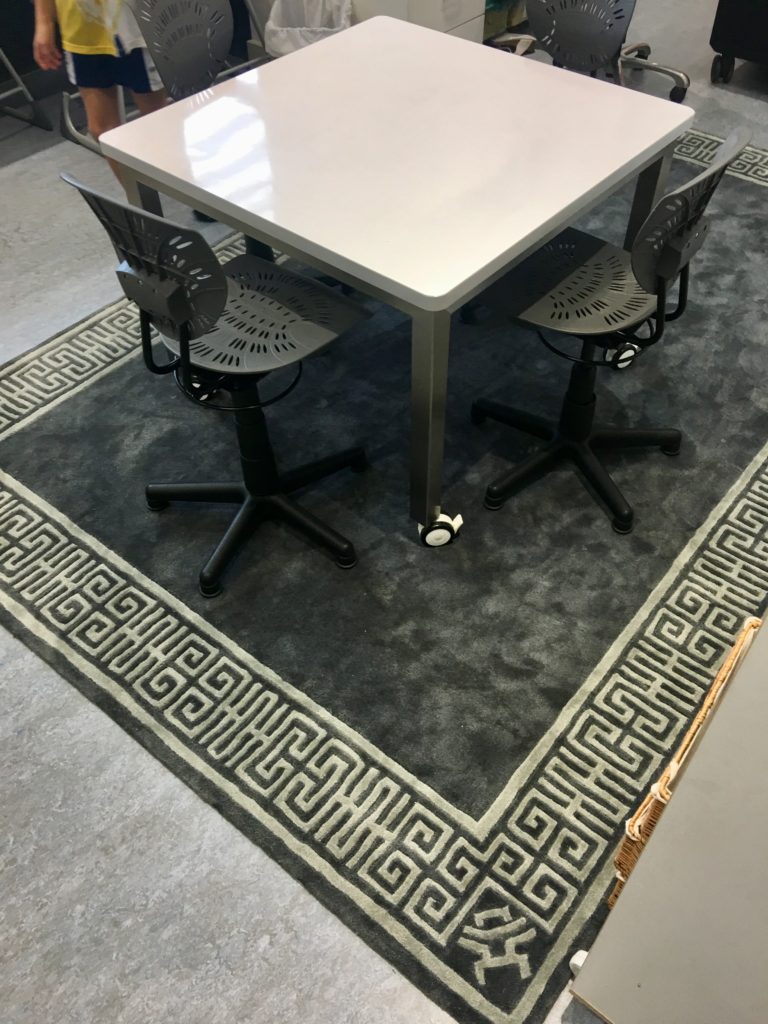If you walked into a modern classroom, anywhere in the world, would you immediately know exactly where you are?

The iconic symbol for Hanoi, which celebrates and communicates the importance of education, can be found in many prominent public locations in Hanoi. It is pictured here worked into the fence design around West Lake, Tay Ho.
This week I met a student who had recently moved to Vietnam with his family. When asked how he was settling into his new school, the student surprised me by remarking that many things “are the same”. When pressed for details, he nonchalantly gestured around my office. He pointed out a poster on the wall that he had seen in his previous school, and a book on display that he was already familiar with.
The student’s comments set me to thinking. Books and posters are one thing, but when we consider the interior spaces of schools, familiarity can breed contempt.
Ending Average
Physical spaces should inspire users to consider aspects of the school’s identity and location. Classroom environments can be used to make genuine connections to the local culture, architecture, language and people of the country and region it is located in.
Think Locally, Connect Globally

The Hanoi symbol is respectfully placed as a defining border pattern on custom-made classroom rugs in an Elementary School. The Hanoi symbol, along with a repeating motif inspired by windows at the Temple of Literature in Hanoi, provide some local context, invoke curiosity, and pay homage to the Vietnamese people’s respect for education.
When moving overseas for employment, some workers become tempted to live in what is called the ‘expat bubble’. They willingly gravitate to the known, and exist in a second world that is largely disconnected from local life.
Schools, however, cannot afford to exist in isolation because connected schools become caring schools. If educational institutions sit aloof of local realities, then authentic connections, cultural understanding, and opportunities for service learning will be missed.
In workplaces where host culture is explicitly honored, we can hope that organizational decisions build ties between foreign and local staff. Relational equality is amplified, and international mindedness valued.
Just as a school in San Diego needn’t emulate a school in Boston, a school in Beijing needn’t look and feel like a school in Sydney. Intelligent and empathetic classroom design should consider local influences in order to snap the school design cookie-cutter and become provoking, welcoming and connected spaces.
How do you bring elements of your locale into the designs of your classrooms? In what ways do you invite your host culture to be part of the physical environment?

Local fabrics are worked into this tasteful beanbag in Kristin Partridge’s (@KrisRidge) early years classroom.






